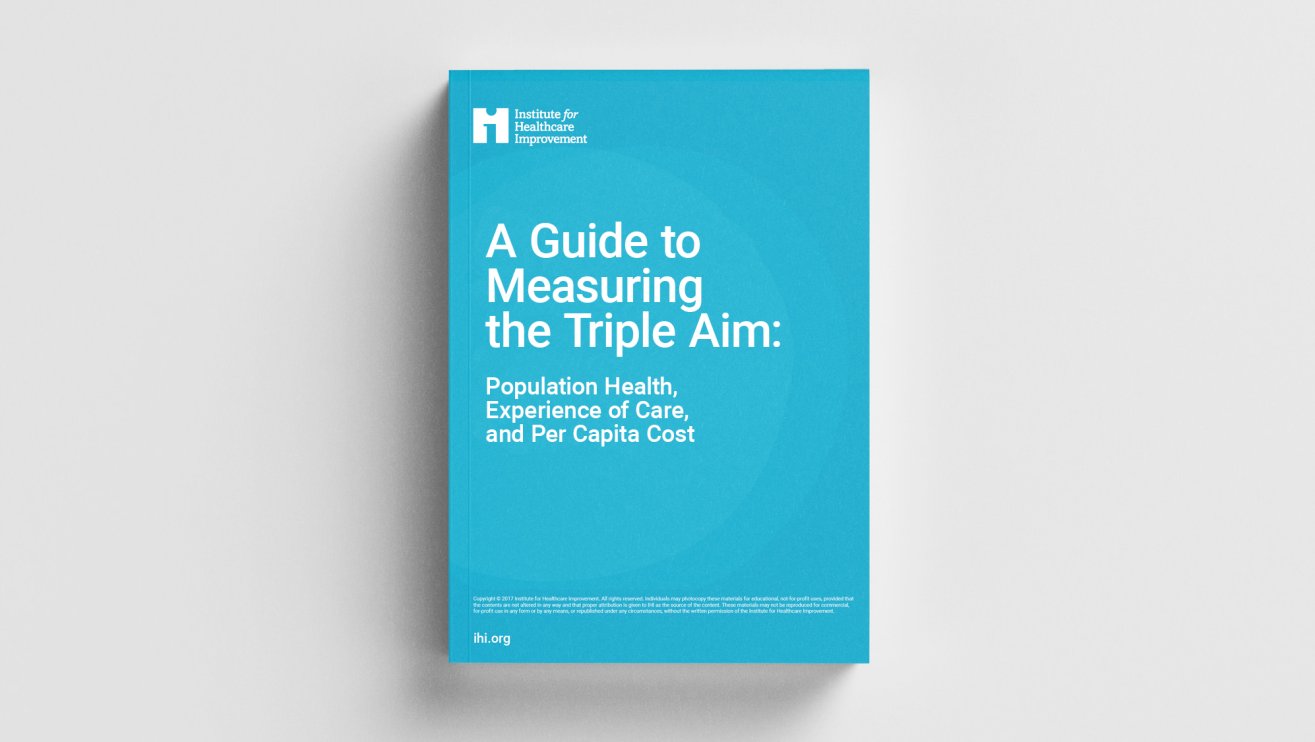Triple Aim
IHI first articulated the Triple Aim in 2008 as a provocation and ultimate destination for the high-performing health systems of the future. In subsequent years, the Triple Aim has evolved to also include a focus on the well-being of the health care workforce and advancing health equity — referred to as the Quintuple Aim. In this time of rapid transformation of health care ecosystems, this comprehensive framework has provided leaders with a North Star as they create new value-based, equity-centered models of care for populations that are increasingly heterogeneous and complex.

Enhance Your Knowledge and Skills to Improve
Courses and Professional Development
Build practical skills with flexible, expert-led learning to lead quality and safety improvements at the point of care and beyond.
Resources and Tools
Explore tools, white papers, publications, insights, and other resources to support your improvement efforts.

